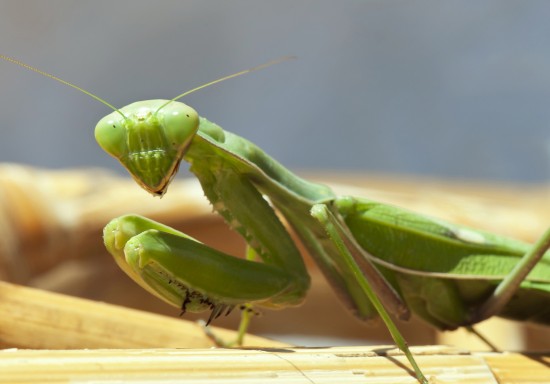
Red eared sliders are semi-aquatic turtles that are very commonly kept as pets.
True, they are not overly demanding as pets, and because of that are a great pet for children, but many unsuspecting owners are misinformed when it comes to how to properly care for a red eared turtle. Unfortunately,lack of understanding what they require means that many red eared sliders have died unnecessarily from improper care. We don抰 want that to happen, so hear is a quick guide on how to keep your red eared slider healthy and happy.
Red-eared slider turtles are semi-aquatic and spend a significant amount of time
basking, so you will need a tank that provides both water for swimming and an area where they can get out of the water for basking. A 40-gallon tank is considered a minimum, although as they grow larger will require more and more space, so think about investing in as large as tank as you can afford from the beginning, it will pay off in the long run. The basking area can be provided by stacking smooth rocks, sloping smooth large gravel to one side to make a land area, or using wood (fixed or floating). If you collect rocks or wood from the outside, it is a good idea to heat them in your oven for a little while to remove any parasites.
The water should be at least 1.5 to 2 times as deep as your turtle is long (so a 4 inch turtle should have a minimum depth of 6 inches). The length of the water area should be 4-5 times the length of the turtle, and the width should be at least 2-3 times the length
of the turtle. A turtle tank should include a good filtration system such as a power filter or canister filter, but even with a filter your tank will need monthly water changes and cleanings.
A submersible heater should be used to keep the water at 75-86 degrees. The temperature at the basking spot should be 85-88 degrees. Exposure to a ultraviolet B (UVB)-producing fluorescent light, such as a Vita-Lite is considered mandatory. UVB exposure is an essential part of the calcium metabolization process.
Reproducing the natural diet as much as is possible will make your turtle happier and healthier. In the wild, turtles choose from among a variety of foods that are in season and available. Variety is one key to a good diet for your turtle. Calcium is the other important key. Red ear sliders are omnivorous so consider a mix of veggies, fruits, and meats. Good veggies and fruits are squashes, peas in the pod, okra, grated or sliced carrots, sweet potatoes, figs, grapes, cantaloupe, blackberries. Good meats are silkworms, earthworms, crickets, snails, shrimp, slugs, wax worms, mealworms, as well as fish (live or frozen). Any of these prepared turtle foods are adequate as well, Tetra's Reptomin, Wardley's Reptile T.E.N., Turtle Brittle, Purina AquaMax.
Following these simple guidelines will keep your red eared slider healthy for years to come and bring joy to your family all the while.
 Love Me, Love My Dog - Introducing A New Partner Into Your Dog’s Home
Love Me, Love My
Love Me, Love My Dog - Introducing A New Partner Into Your Dog’s Home
Love Me, Love My
 How To Get The Best Pet Insurance Deal
How To Get The Be
How To Get The Best Pet Insurance Deal
How To Get The Be
 Stimulate Your Dog With Food Puzzles
Stimulate Your Do
Stimulate Your Dog With Food Puzzles
Stimulate Your Do
 Five Good Exotic Invertebrates For Children
Five Good Exotic
Five Good Exotic Invertebrates For Children
Five Good Exotic
 Learning More About The Japanese Chin Dog
Learning More Abo
Learning More About The Japanese Chin Dog
Learning More Abo
Copyright © 2005-2016 Pet Information All Rights Reserved
Contact us: www162date@outlook.com